It’s fascinating to play Lost Records: Bloom & Rage after spending dozens of hours with Life is Strange: Double Exposure. Lost Records is the latest game from Don’t Nod, the developer that made two Life is Strange games before moving on to try new things. Double Exposure is the latest Life is Strange game from Deck Nine, the developer who has kept the franchise running in Don’t Nod’s absence.
I liked Double Exposure fine, but it felt like a legacy sequel-style brand maintenance exercise, bringing fan-favorite Max Caulfield back for another supernatural story, before ending with a screen that promised she would return. If you weren’t inclined to give the game the benefit of the doubt — and many fans had their knives out — it was easy to see it solely as a cynical entry in the decade-old series. The game’s lack of ambition to grow beyond what the series had been until that point didn’t help.
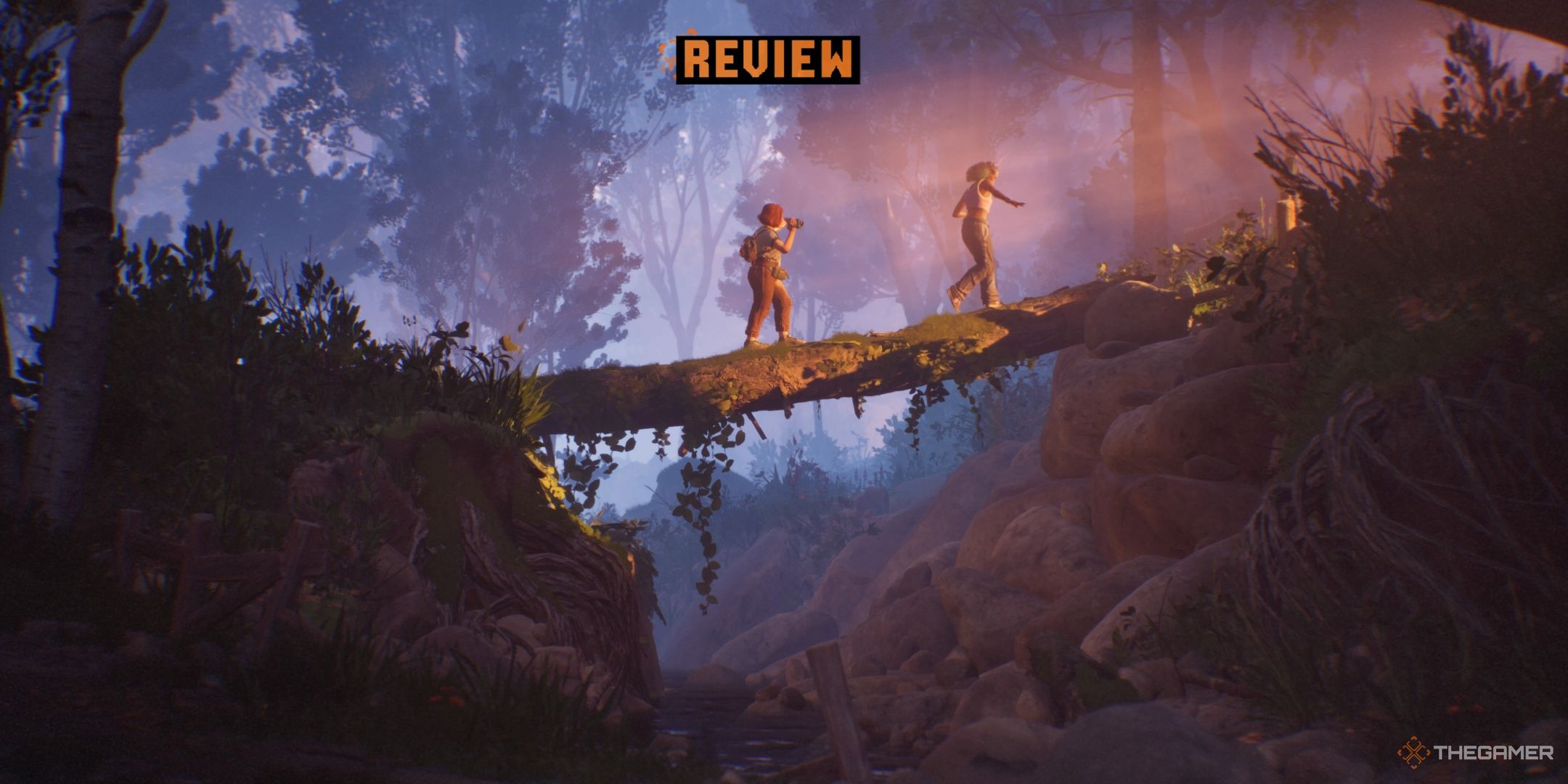
Related
Lost Records: Bloom & Rage – Tape 1 Review: Windows To ’95
Don’t Nod’s ’90s-themed return to adventure games is more than nostalgia bait.
Bloom & Rage Takes Bigger Risks
With Lost Records, Don’t Nod takes a completely different tack. Where Double Exposure was safe, Lost Records is risky. Where Double Exposure returned to familiar characters, Lost Records creates new ones — then makes them familiar through its use of flashbacks. Where Double Exposure maintained old narrative and mechanical paradigms, Lost Records imagines a new kind of perspective-warping adventure game.
That isn’t to say that Lost Records is unrecognizable. In a lot of ways, Don’t Nod is returning to the kind of adventure game it made with LiS, LiS 2, Tell Me Why, and Twin Mirror. This time, though, it has big ideas about how it can evolve the presentation and mechanics, while sticking to a mostly recognizable framework.
Lost Records has a structure that I haven’t really seen in a game before. It begins with the protagonist, Swann, sitting in her car outside a bar, talking to her mom on the phone as she prepares to meet an old friend. This section is presented in first-person, and Swann can look around her car, interacting with objects like a mask, which positions the story in the pandemic-era (specifically, 2022). Not long after that, though, we flashback to 1995, playing as teenage Swann, as she pokes around her bedroom, preparing for a family move that’s coming at the end of the summer. This section switches to third-person, and the game keeps the first-person present/third-person past split throughout.
Getting Some Perspective
That choice is really smart for a number of reasons. For one, teenage Swann feels insecure and uncomfortable in her body. That wouldn’t land nearly as hard from a first-person perspective, where you can’t see how she dresses or how she carries herself. When you choose her outfit, it doesn’t feel like purely aesthetic customization. It feels like you’re helping her find the confident version of herself.
But the perspective gets at something deeper than that, too. By presenting the present in first-person, Lost Records is connecting us to it more immediately. We see through Swann’s eyes and experience the world as she does. By pivoting to third-person for the past, Don’t Nod is distancing us from Swann, making the player an observer of her memories — with future Swann occasionally interjecting with commentary about that time. The only way you can see the past in first-person is when Swann films it on her camcorder, as though you’re choosing which moments from her perspective will be preserved.
Filming The Past
Lost Records’ videography mechanics also set it apart from other narrative games. As Swann films footage of her friends and the places they go, she builds ‘memoirs,’ little collections of grainy video that you can edit for greater emotional impact. Swann narrates these little movies — which are easy to access through the menu — and it makes everything you’re doing feel important, as though the game is generating nostalgia in real-time. It’s the familiar journal mechanic that has shown up in past Don’t Nod games, where the character writes about their experiences in the game. Except, in this case, you have a hand in writing it.
Though Life is Strange: Double Exposure was good, it felt like an endpoint for the past decade of adventure game design. With Lost Records, the studio that helped invent that paradigm is furiously working to find a new one.
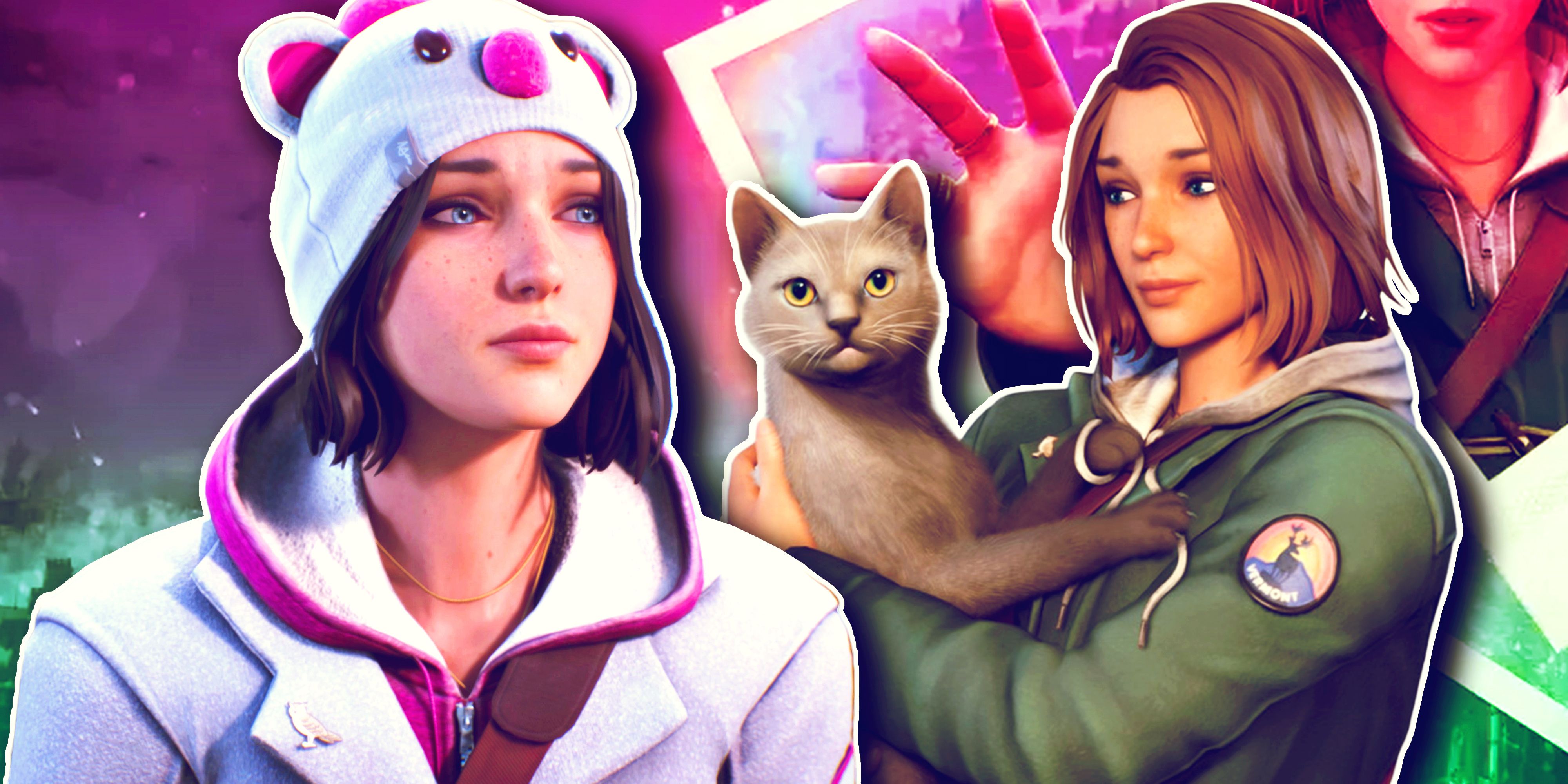
Next
Life is Strange: Double Exposure Spells The End For Episodic Game Releases
Life is Strange: Double Exposure is only “episodic” as a way to drum up preorders.
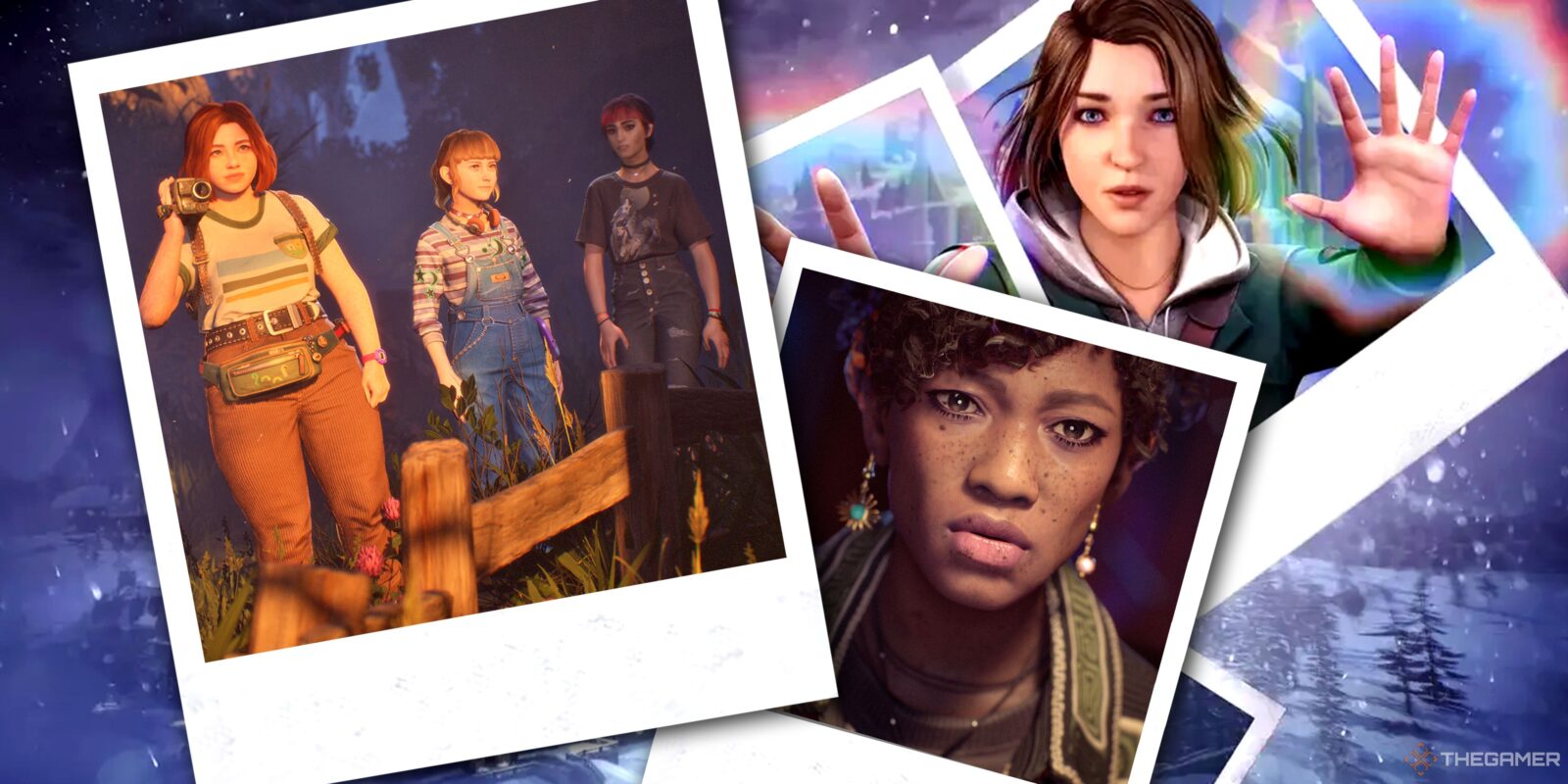

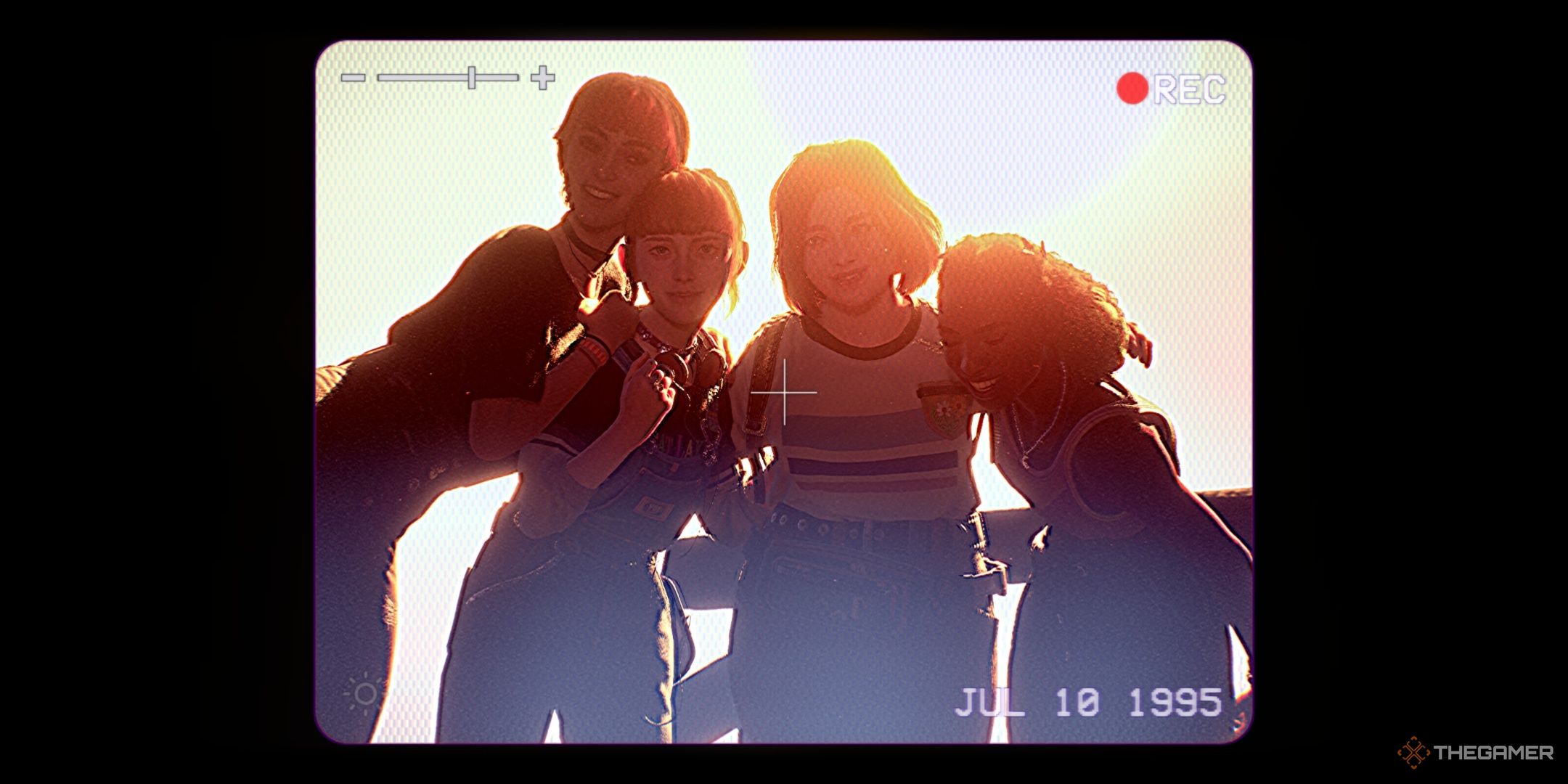




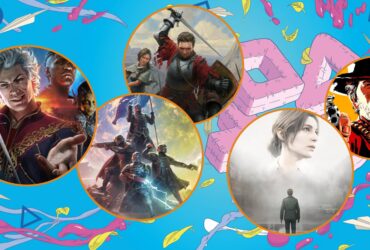
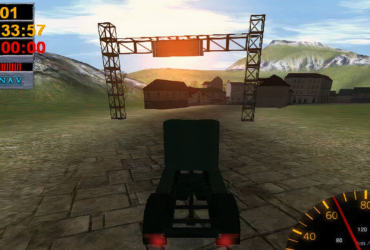
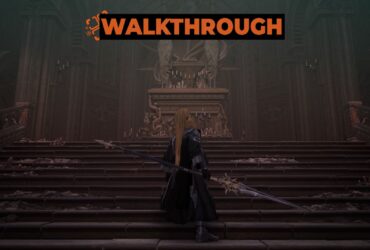


Leave a Reply